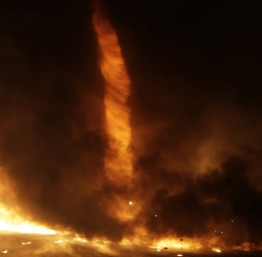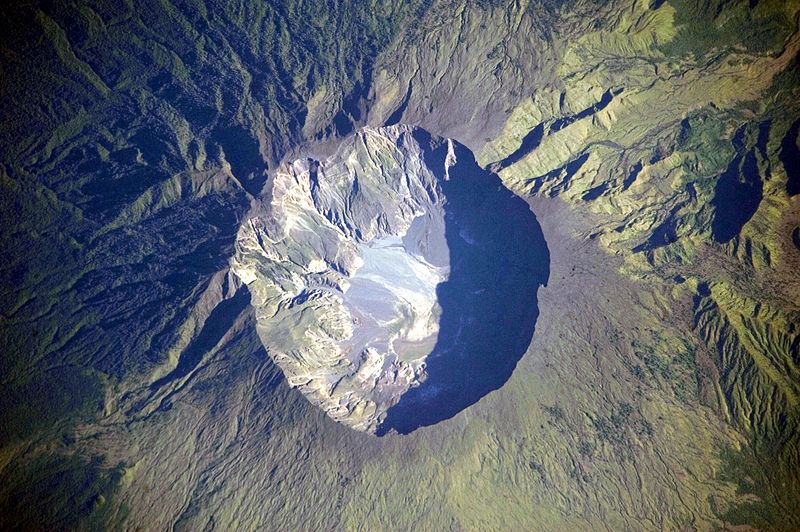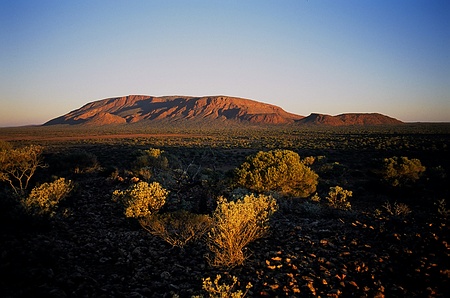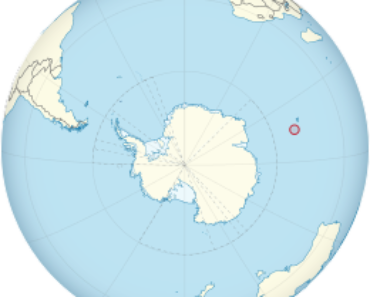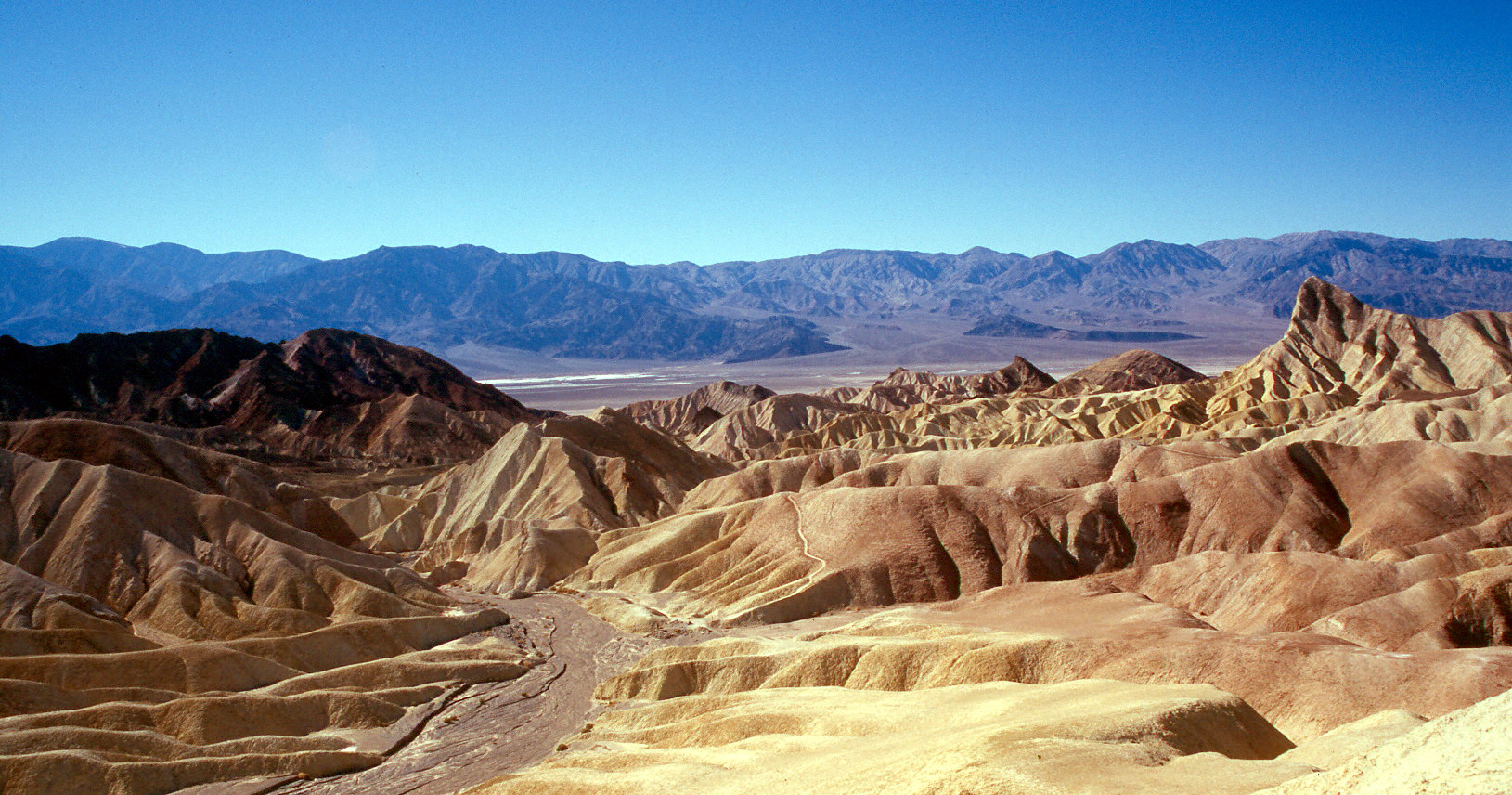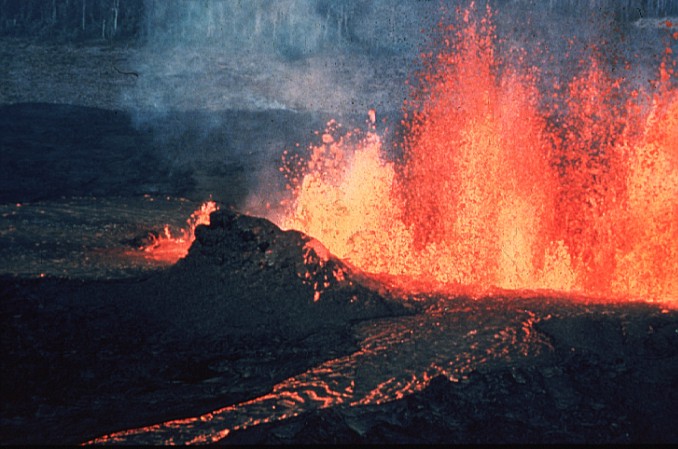You’ve probably heard about tornadoes, but have you heard of the firenado? Imagine a small tornado but with flames rising in the vortex instead of wind. If you remember what causes typhoons, you’ll recall that rapidly rising warm air and consequent low pressure play an important role in their formation.
So what causes a firenado?
You need to have a flaming core and a rapidly rotating pocket of air to feed the fire. This often happens when large blazes create their own winds. Fire consumes oxygen and can create an area of low pressure, causing air to rush in and fuel a fire even more. Debris and gases around the vortex are sucked into the spiralling vortex of wind causing the the firenado to intensify.
While most firenados rarely reach more than thirty metres (100 ft) into the atmosphere, one of the largest observed in recent times occurred in Australia during the 2003 Canberra bushfires. A firenado with a diameter of nearly 500 metres (1,600 ft) with horizontal winds exceeding 250 kilometres per hour (160 mph) was recorded.
So here’s a friendly tip. If you see a firenado, take your photos from a safe distance. The core of a firenado can reach over 1000 °C (1832 °F), winds from even small ones can knock you off your feet, and flaming debris is often hurled out of the vortex.
Short answer: A firenado is similar to a typhoon or tornado, but warm air is replaced by debris and gases sucked into the vortex. While I love the word firenado, they are also known as fire whirls and fire devils.
